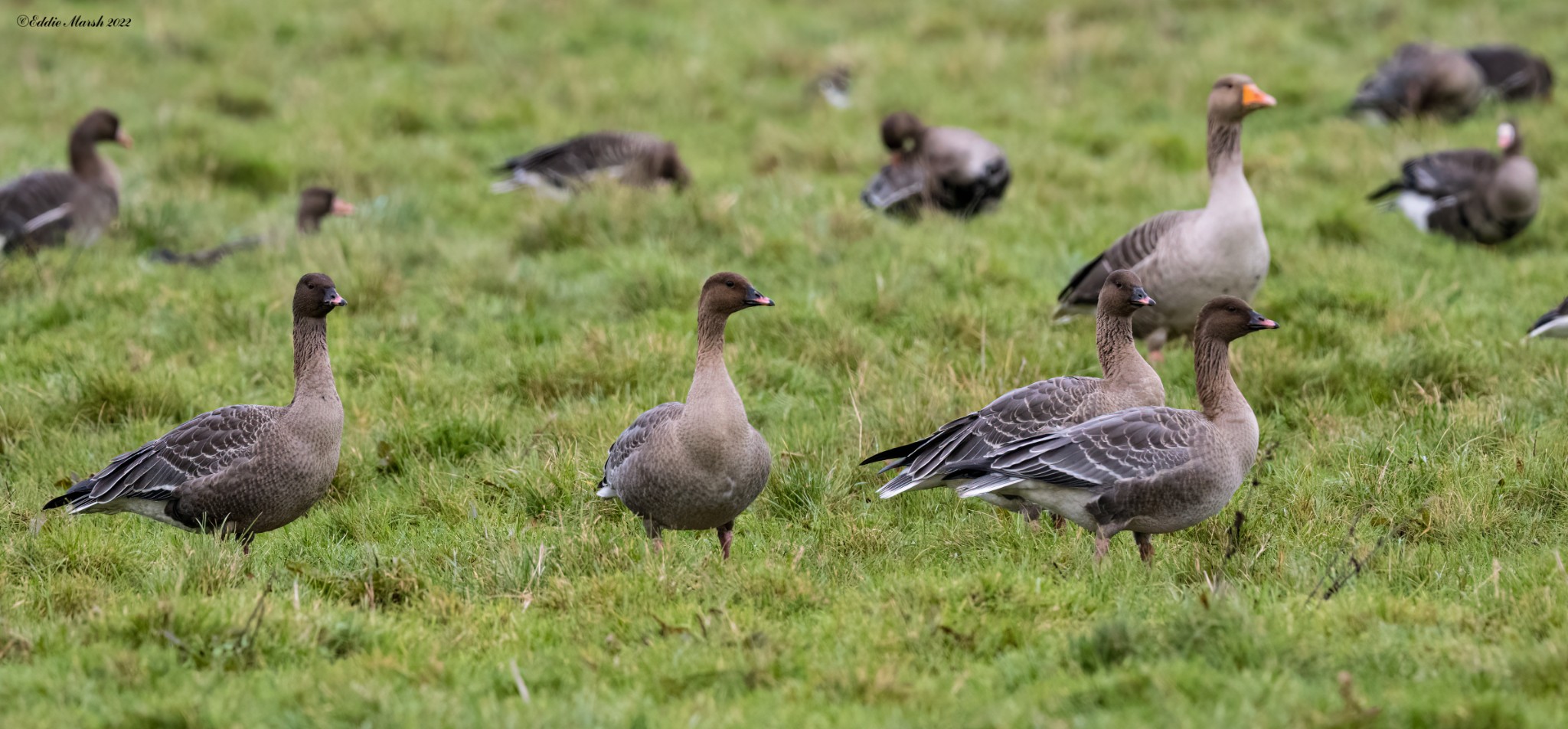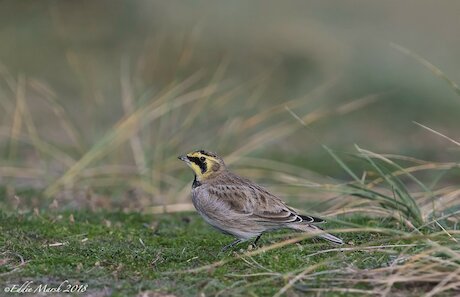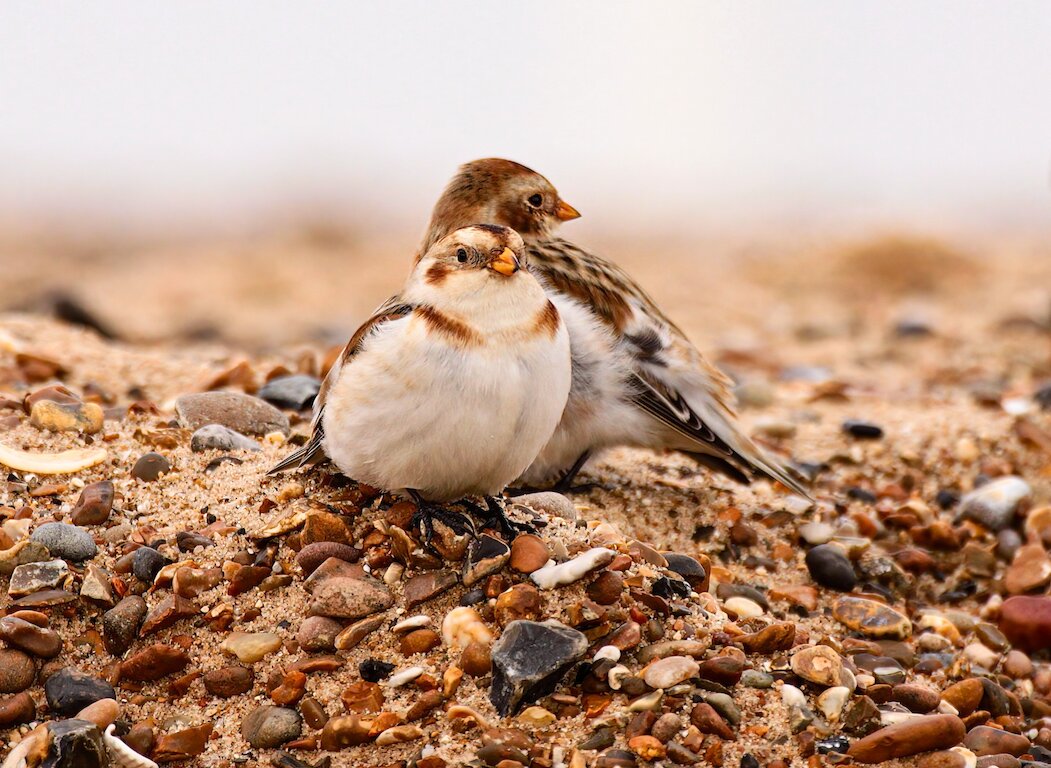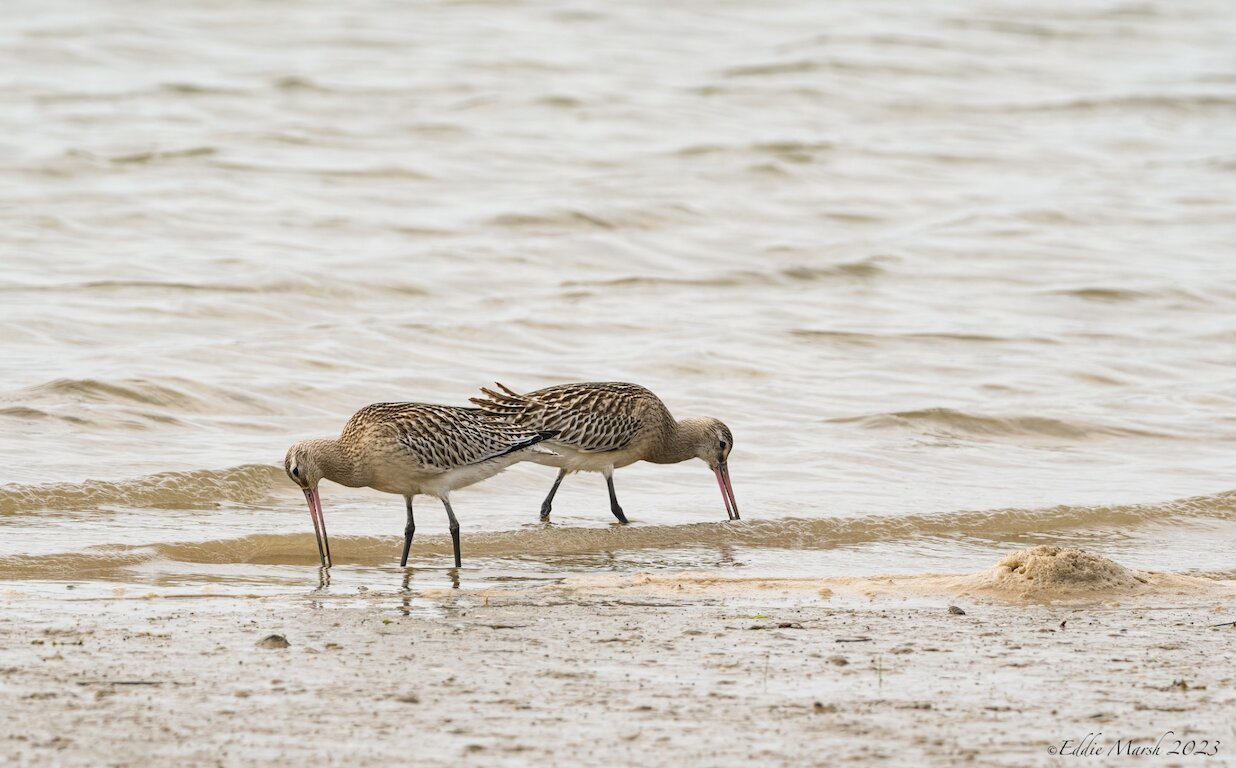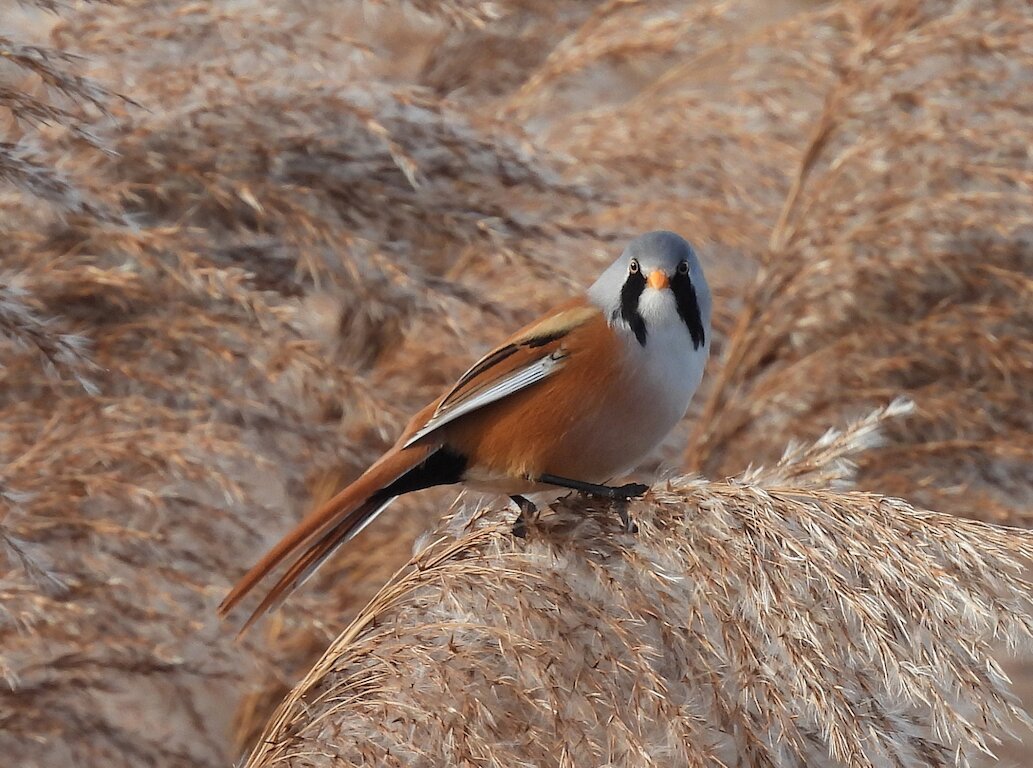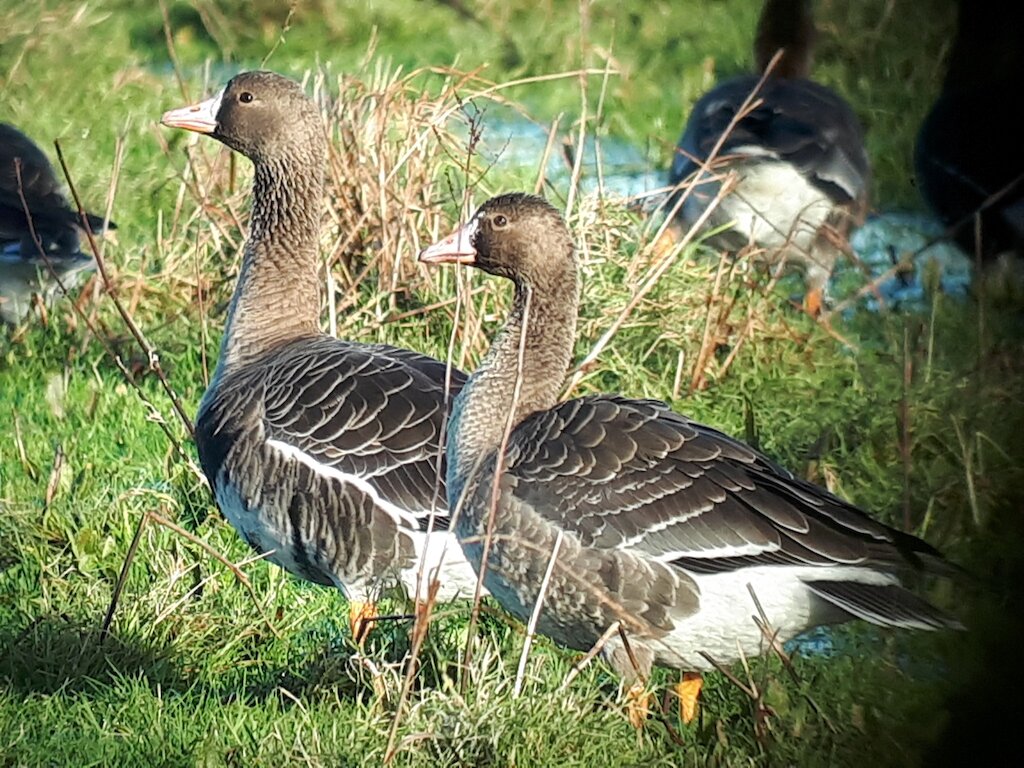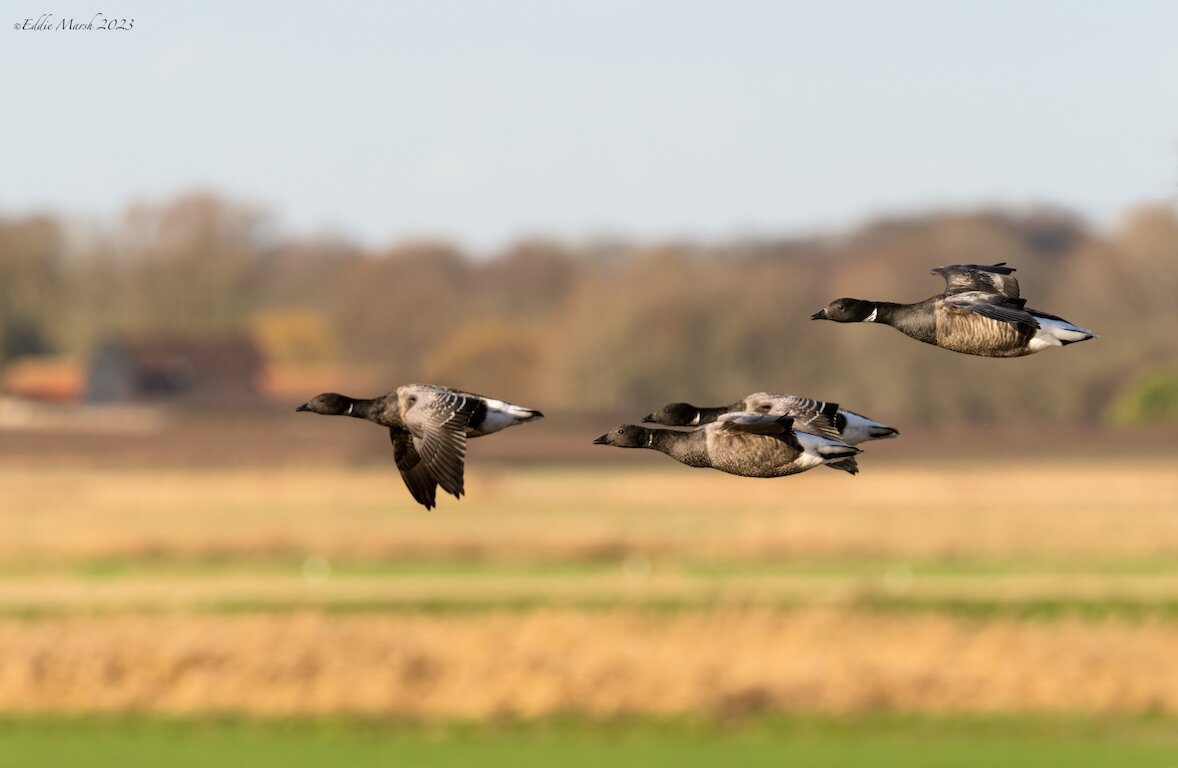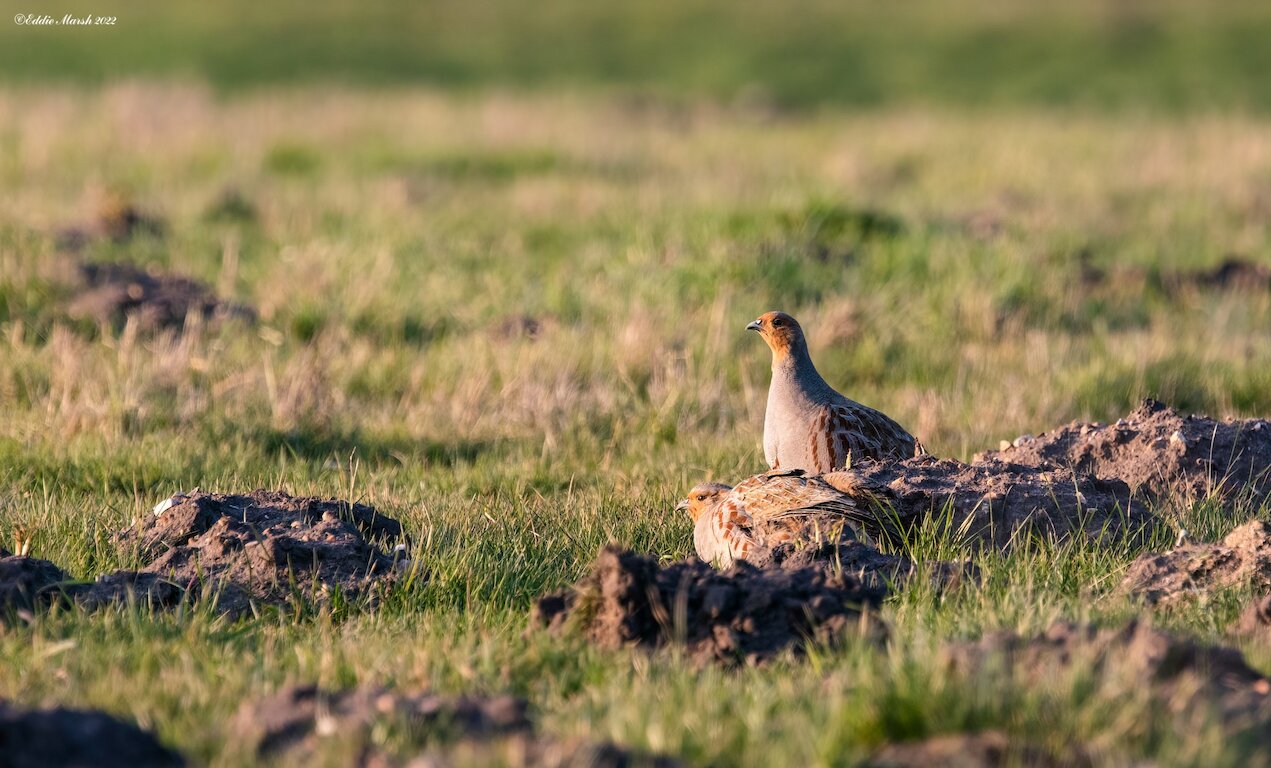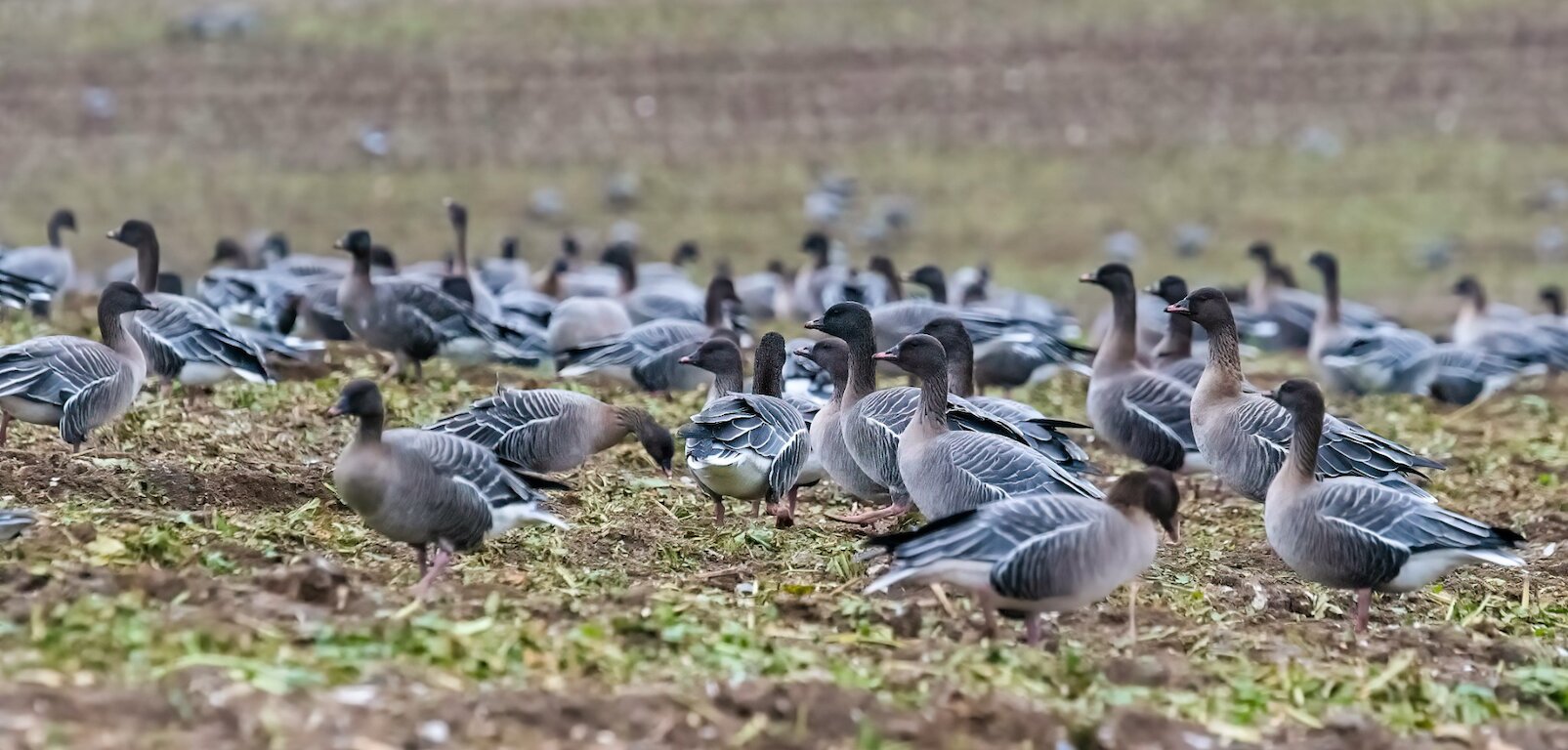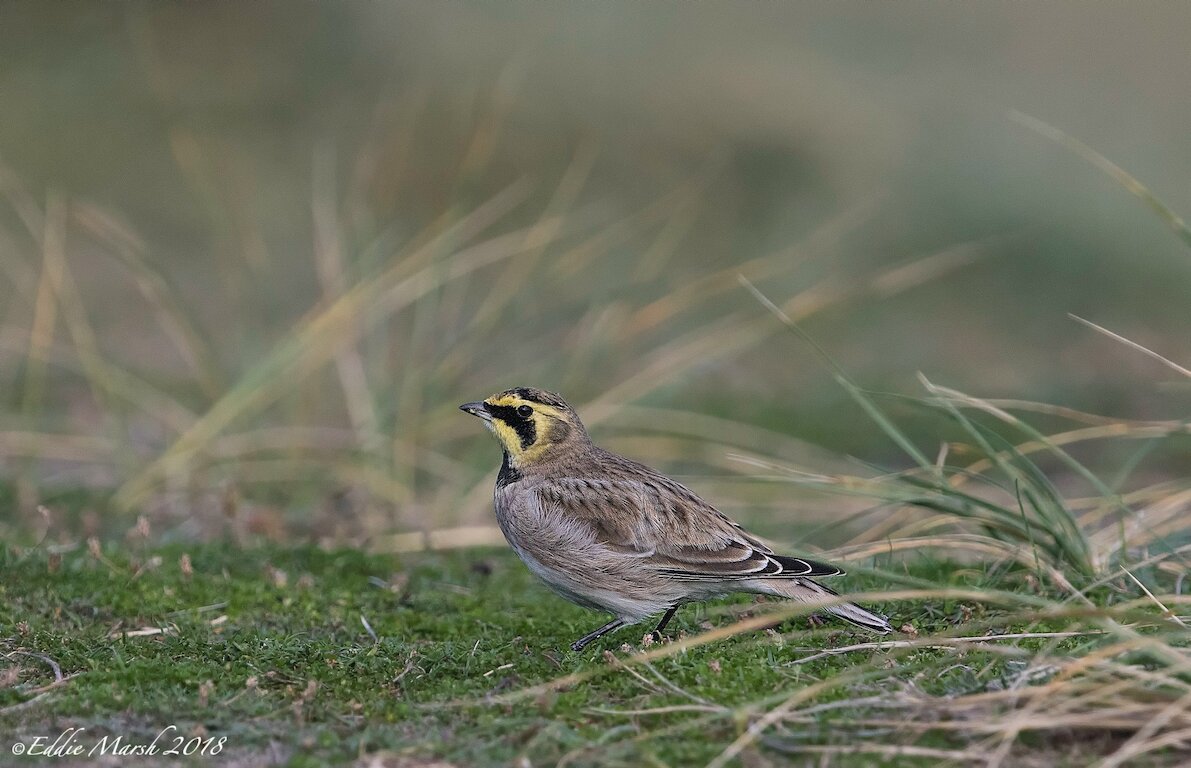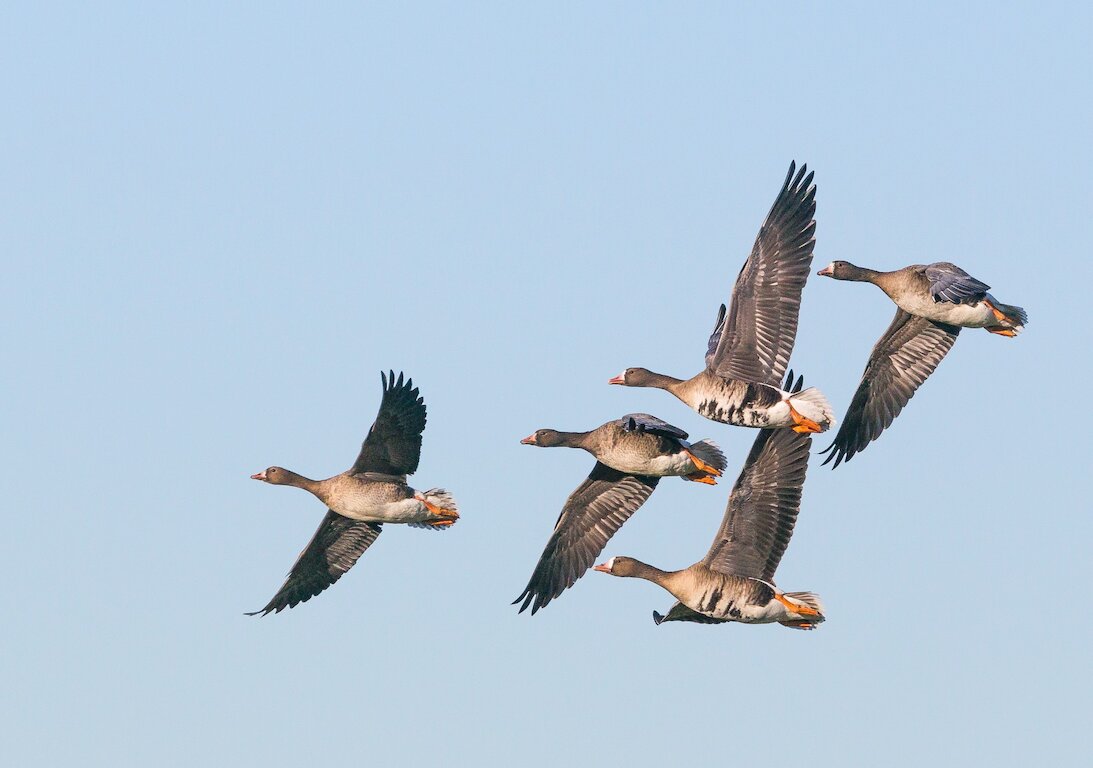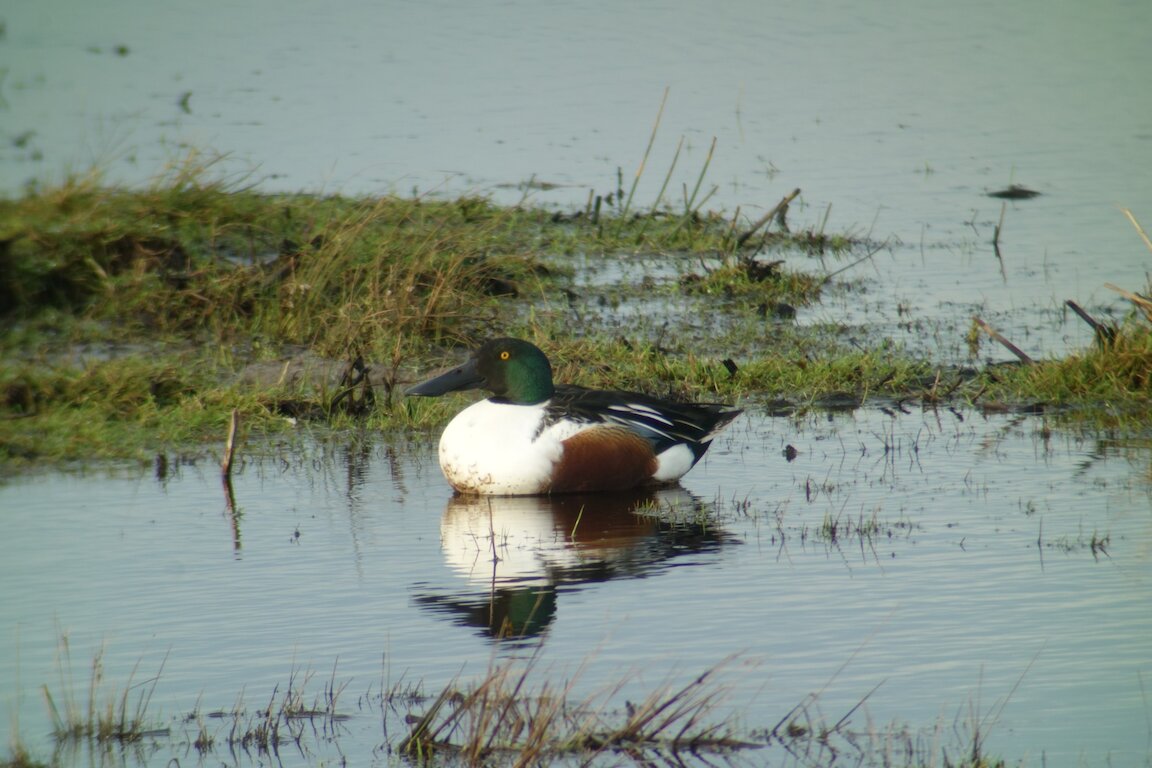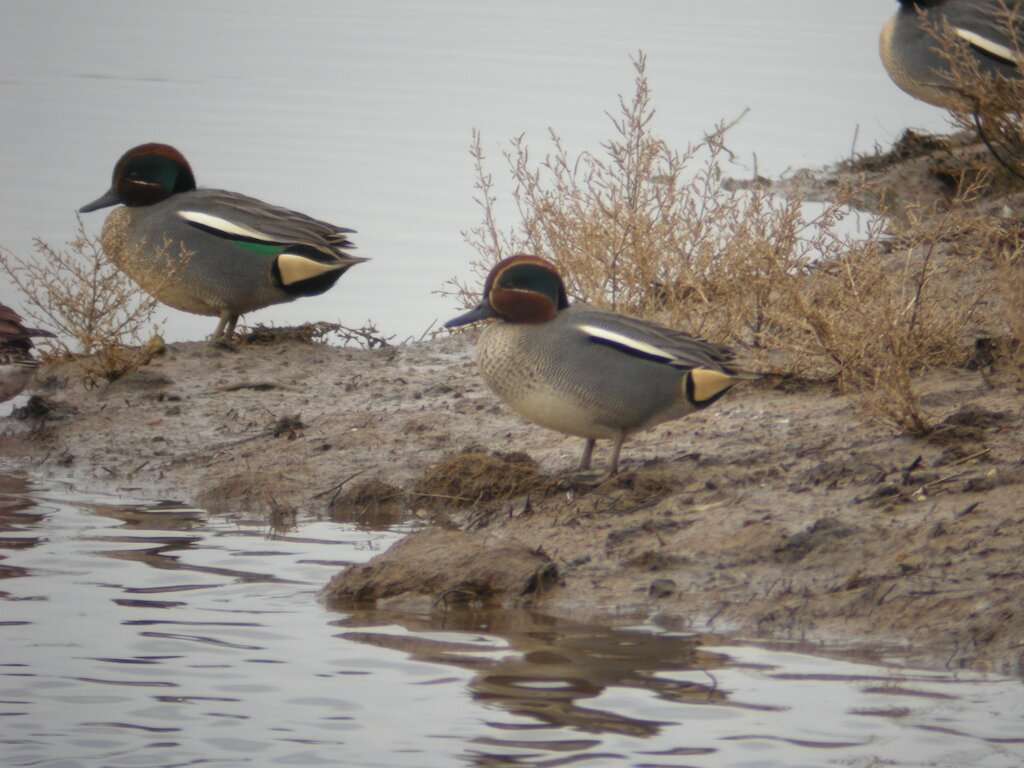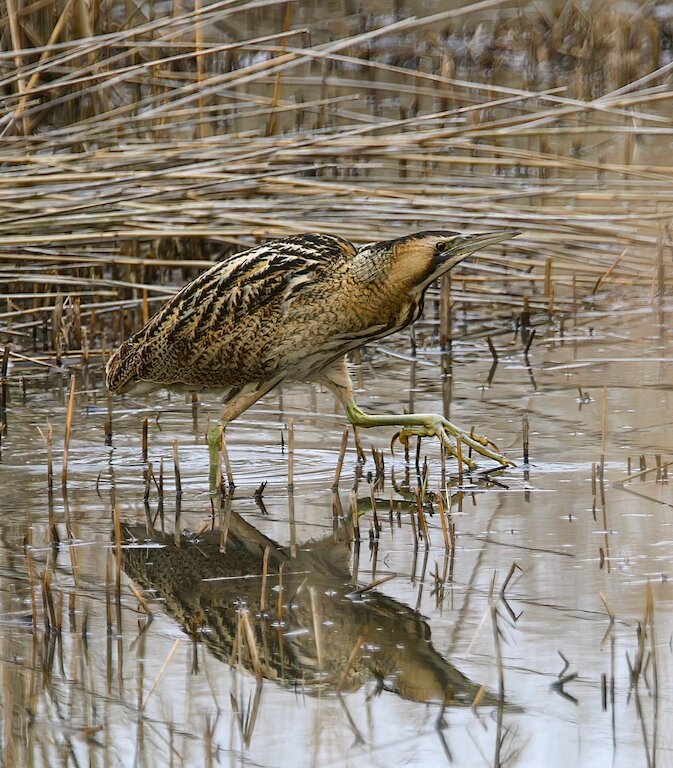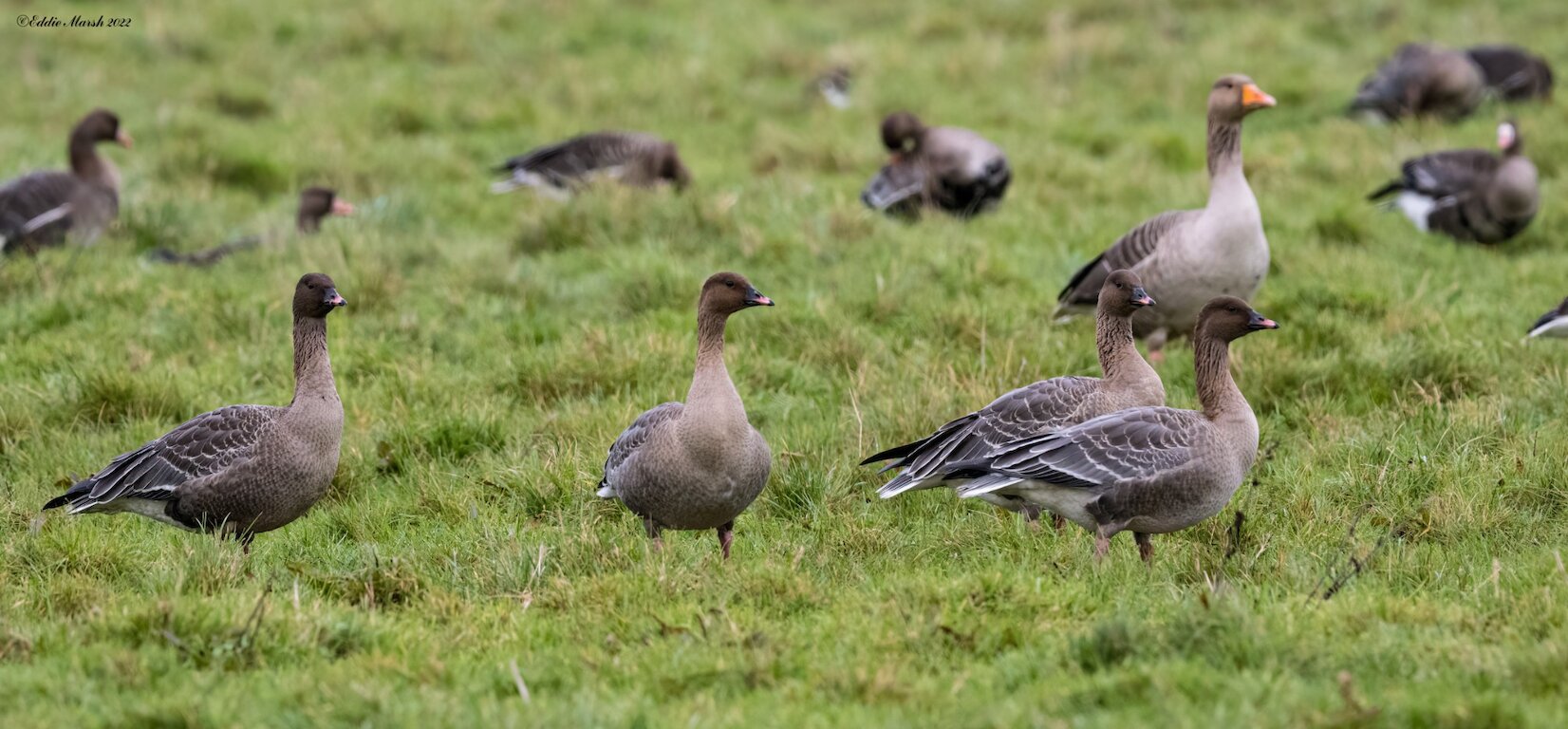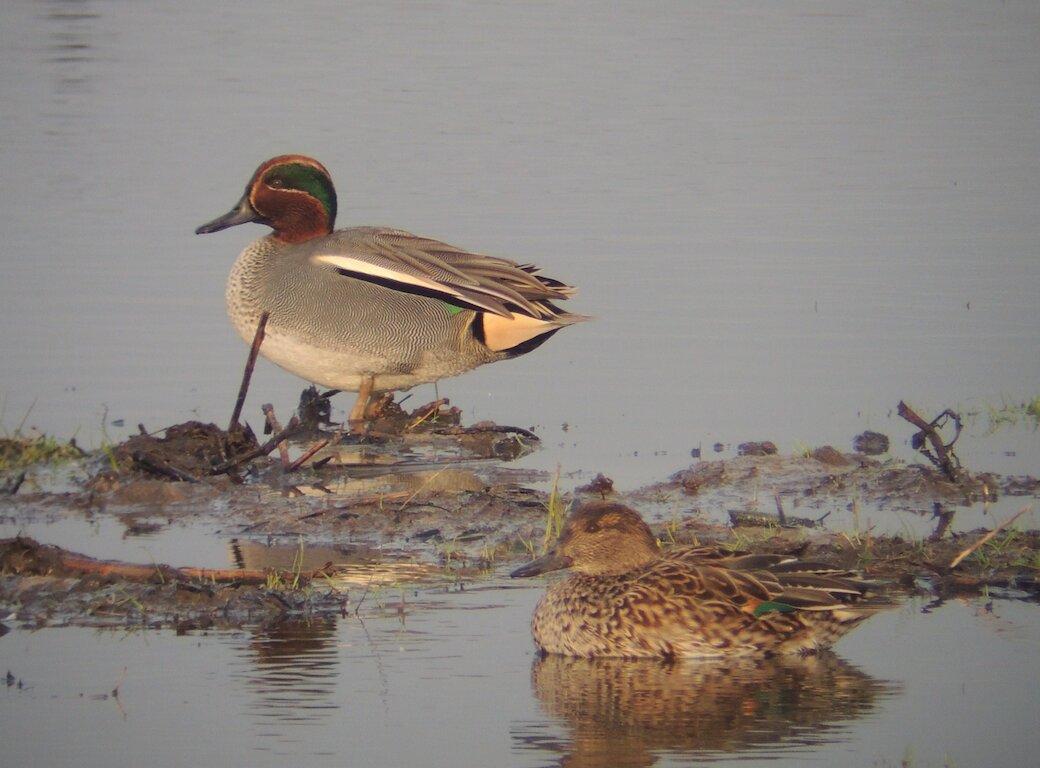There's arguably no finer location for an action-packed day of winter birding in Britain than the marvellous north coast of Norfolk, and no better guide to a day exploring the area than accomplished British birder David Fairhurst. Dave's not only a leading light in the British birding scene - and a perennially popular tour leader! - but has also worked in the past on habitat creation for the RSPB in East Anglia, so he really is the perfect guide for a day's Norfolk birding.
Our day will start at the world famous RSPB Titchwell reserve. With its freshwater and saline lagoons and reedbeds the reserve can hold a large variety of species. We will scan the pools for waders, gulls and wildfowl, whilst the reedbed is great for Bearded Tits, Marsh Harriers and Water Rails and, of course, there is always the chance of a Bittern.
Depending on the state of the tide the sea and beach at Titchwell can be busy with birds. Offshore we will look for seaduck, and stand a chance of species such as Common Scoter, Red-breasted Merganser and a high chance of uncommon species such as Long-tailed Duck and Velvet Scoter. The shoreline can be heaving with waders such as Bar-tailed Godwit, Sanderling, Turnstone and Oystercatchers.
Titchwell is also a site where you can see good numbers of Scandinavian Rock Pipits, and we will scan through these in the hope of seeing a wintering Water Pipit or two.
Norfolk is renowned for its large flocks of wintering geese, particularly Pink-footed Geese which number into the tens of thousands. After a few hours at Titchwell we will head further east to Holkham, looking en-route for Pink-footed Geese flocks feeding in sugar beet fields. Alongside Lady Ann's Drive is Holkham Fresh Marsh, a great place to see masses of wildfowl and waders in the flooded fields, including species such as Wigeon, Teal, Black-tailed Godwit, and Ruff.
As we walk through the pines towards Holkham beach we will keep an eye and an ear out for Goldcrest, Coal Tit and Common Treecreeper. Beyond the large strip of sheltering pines are Holme Dunes and from here it is possible to scan for seaducks. There are often large rafts (numbering several thousands!) of Common Scoter with the odd Velvet Scoter dotted amongst them.
The sand-dunes, saltmarsh and beach area here is a great place for scarce winter visitors such as Shorelark and Snow Bunting, and we will make a particular effort to look for them.
The vast saltmarshes of North Norfolk provide excellent roosting habitat for wintering birds of prey and throughout the day we will endeavour to find some. We will spend the late afternoon at an extensive saltmarsh spot to scan and watch the birds come into roost. There is an excellent chance of Hen and Marsh Harrier, Merlin, Peregrine, Short-eared and Barn Owls.
